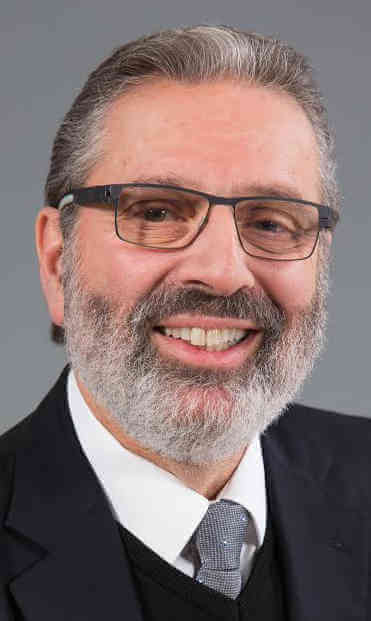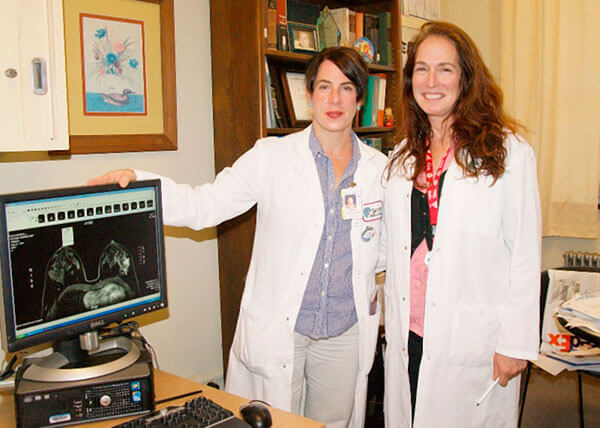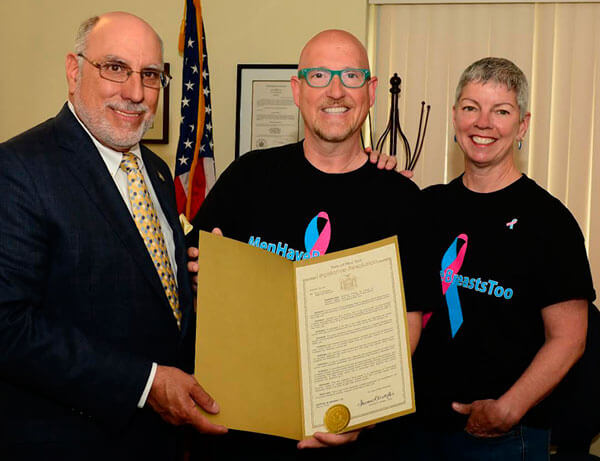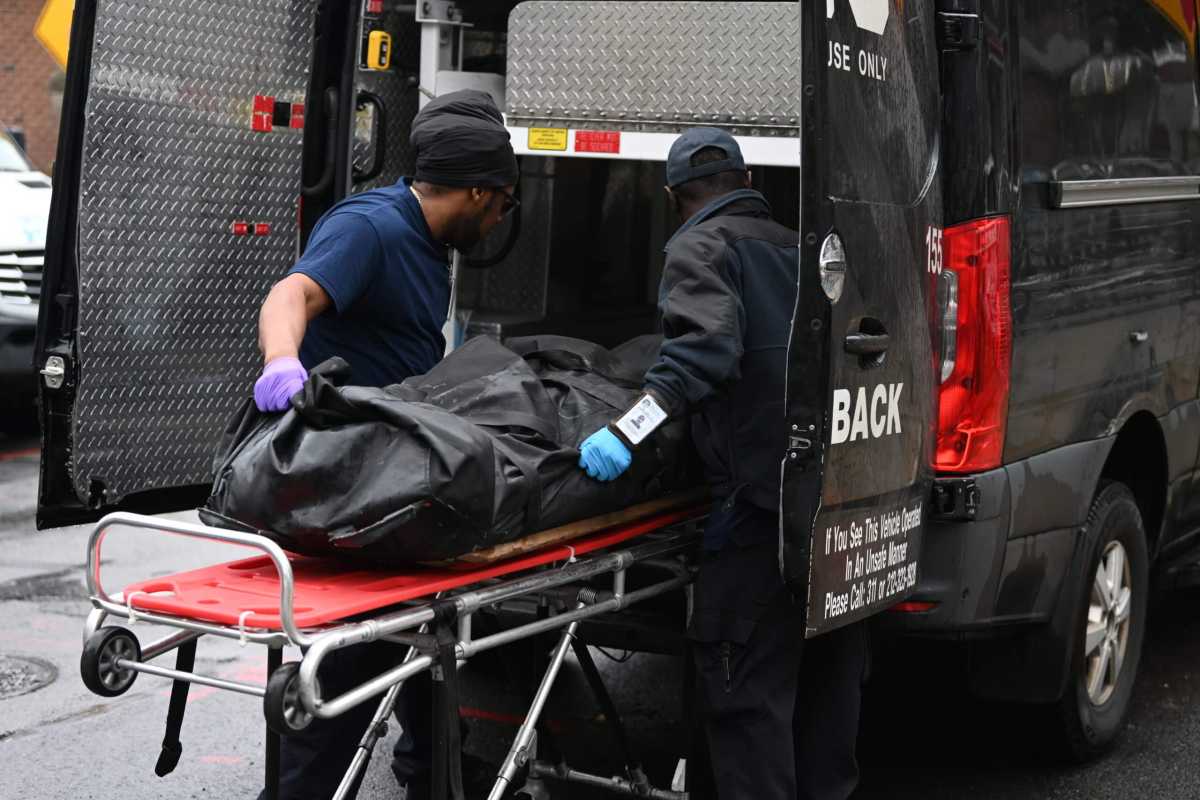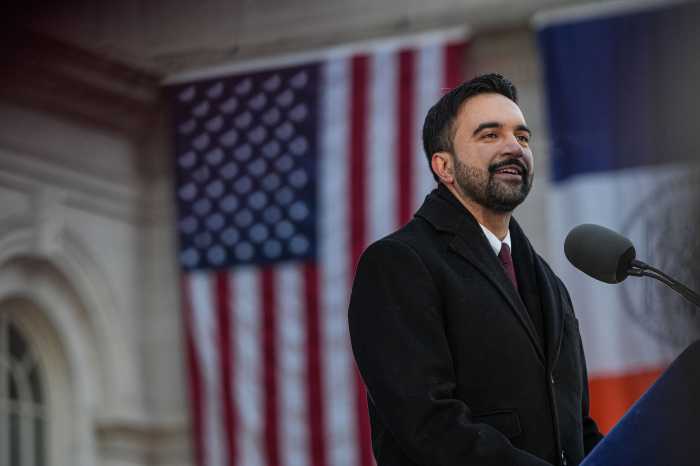Montefiore is doing its part to ensure that future generations of breast cancer survivors have an increasing selection of treatment options.
Montefiore is encouraging breast cancer patients to take part in a number of clinical trials that look to develop new and less invasive methods of treating the disease so that new generations of women have the opportunity to make better medical choices.
Dr. Sheldon Feldman, a surgeon who leads the breast cancer team at Montefiore, said that the hospital system is currently engaging in two new interesting clinical trials that may provide groundbreaking research that might someday develop into full-fledged new treatments.
Participation in clinical trials is strictly voluntary, and the goal of such trials is to make treatment better and easier, with less side effects, he said of the experimental medicine.
Many patients want to participate in clinical trials because they have daughters, sisters, granddaughters, and they want there to be less traumatic treatments for them or other women in the future, said Feldman.
Other patients realize that the only way to get answers into medical questions concerning breast cancer is to study questions and develop the best approach, the doctor added.
The decision to participate in clinical trials occurs on a case-by-case basis.
“For the vast majority of patients, we know the right approach,” he said. “So we tell them what we think should be done, and then we also explain that we are a National Cancer Institute Center, we have a very active research program, and we are always trying to improve what we do.”
Among the current clinical trials that Montefiore would like patients to take part in is an estrogen blocker inserted through the nipple of a breast that may provide localized treatment, and a trial that seeks to use medication that can literally shine a phosphorescent light onto where the margins are around cancerous cells so that no part of the a woman’s lumpectomy may require follow-up surgery.
Feldman, chief of breast cancer surgery and surgery oncology and the chief of breast cancer services at Montefiore Einstein, said that the estrogen blocker seeks to handle breast cancer that is ductal, meaning that it starts in the milk ducts of the breast.
While the traditional approach has to been remove part of the breast, this may be able to be avoided if the estrogen blocker proves itself in clinical trial.
Currently, Montefiore’s breast team is injecting patients with the estrogen blocker four to six week before surgery, and then at the time of scheduled surgery looking to see if the medicine was able to kill the cancer.
“The trial has been open in Montefiore for a year and we still have quite a few patients to study before we have definitive results, but initial results prove quite promising,” said Feldman.
The second highlighted trial seeks to help ensure that surgeons remove enough healthy tissue around the cancer areas in the breast so that none of the cancerous cells are beyond the margins of the tissue removed.
Even using the best procedures currently, it is not possible to prove that the margins are totally clear of cancer because medical personnel cannot go cell by cell.
In the trial, an experimental medication is injected into the bloodstream that makes cancerous cells phosphorescent, and they can be seen using an optical device where cancer areas emit a green glow.
“After we removed what we think is the bad part and can we look inside this camera and see if there is still cancer in the breast, and if there is a cancer there, we can remove that bright green spot,” said the doctor.

